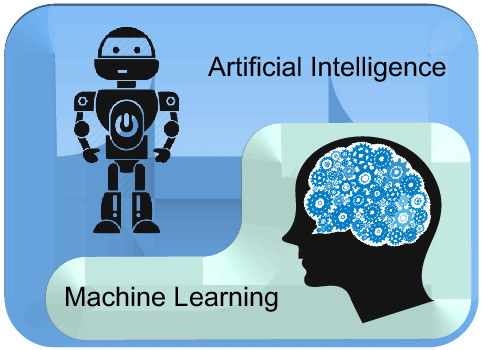Collaboration Tools
When it comes to newer types of project management technology, there can be no underestimating the effect of collaboration tools and project-based chat platforms. Recent innovations in social platforms reflect the growing need for team members who may not be working in the same space to keep updated in real time. According to Forbes, one in five Americans works from home. As this trend grows and becomes the more practical standard for larger businesses, chat software and social tools are becoming one of the most crucial types of technology used in project management.
Project Tracking
As businesses gravitate more and more towards cloud-based sharing and project management technology, project managers are presented with a number of ways to increase productivity within teams, while also establishing better accountability for team members. Recent research has shown that using cloud-based project management technology can increase productivity and focus among team members.
For this reason, more and more businesses are finding it crucial to use cloud-based project management software like Clarizen for collaborative projects. The closer you can track the progress and targets of a project the quicker you will be able to identify potential roadblocks and issues.
Information-Gathering Tools
When it comes to technology used in project management, there’s no underestimating the effect of sensors and other information-gathering tools that can provide project managers with a specific type of informed, accurate market research within a short timeframe. Creating an accurate, wide-ranging census of data is crucial to many research-based projects.
In addition to cloud-based software that tracks team progress and updates team members in real time, having technology that is constantly updating and adapting itself to the changing market is an essential component of team-based research and development. When data is always subject to change, it’s of the utmost importance that data-based projects don’t get caught with ineffective or outdated input.
Scheduling Software
Many teams today are working across cities, countries and time zones to accomplish a specific time-sensitive goal. Because of this, the importance of scheduling software to successful project management cannot be underestimated. With the growing number of decentralized workforces in the U.K. alone, making sure that each team member is on the same page with group meetings, calls and deadlines, can mean the difference between a successful project outcome and a disastrous mess.
Workflow Automation
Developing your own workflow has its own set of challenges, which is why workflow automation tools are so important. With workflow and reporting automation, you can free members of your team from ongoing administrative tasks so they can focus on what’s really important. In doing so, they can respond faster to important queries and complete the task at hand. When seeking out workflow automation tools, be sure to adopt a flexible system that can quickly adapt to changing market conditions.
Just as the cloud allows businesses to update and communicate in real time, modern scheduling software benefits from being built into certain social and chat platforms. This kind of technology is vital when it comes to team accountability, project progress tracking and advanced, team-wide communication.



